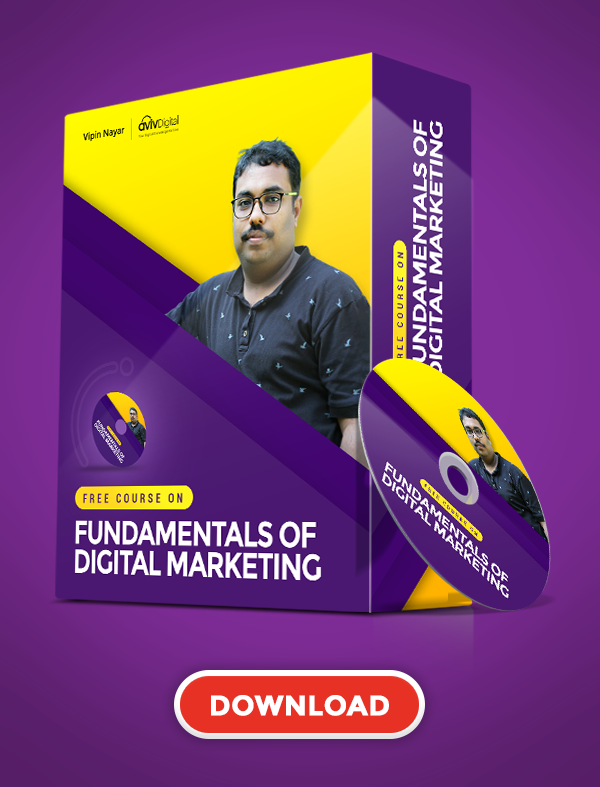
As it sounds obvious, building a portfolio is substantial to showcase your skills and cement your expertise as a UI designer. A portfolio helps recruiters or clients evaluate your ability to an extent, helping you get more opportunities and speaking to the audience about what sort of work you specialise in, making things easier between the clients and you. From a different point of view, it’s also a piece of digital art, making you an artist capable of creating aesthetically pleasing designs, inviting more admiration from non-clients, and inspiring artists. That being said, let’s dive into knowing how to build a UI portfolio that will get you hired in Calicut with bonus tips and tricks to kickstart your journey.
What is a UI Portfolio?
Those who know what a portfolio is can skip this part, and for those who don’t, let’s go through the lines. In the world of UI UX Design, specifically User Interface and User Experience, a portfolio is a digital file like your resume to showcase your skills and expertise, explaining what you do, what you specialise in, any client testimonials to prove your work is legit and offers client satisfaction maybe with some ratings to boost yourself. It could consist of single or multiple projects and vary depending on professions, skills and industries. Aside from projects, it could also be assets, and in a minority of cases, a portfolio could also be non-digital.
Why does UI require a dedicated portfolio or a portfolio different from UX?
Although UX is a skill taught along with UI, it goes hand in hand with UI as a profession. UX adds technicality but enhances the user experience via interactive and responsive design. In simple terms, without UI, it is hard to craft or create user experiences, and both are different and the same but on different sides of the same coin. Strictly speaking, for newbies, the difference between Graphic design and UI UX design is that UI is graphic design with added features to create responsive designs with workflow, wireframes and prototyping, forming user experiences. So, to showcase your UX skills, you need to present UI designs or interfaces and do extra work to share your ideas briefly. If you are a beginner with little to no experience, a graphic designer switching to UI, or even a UI UX designer focusing on UI, a portfolio dedicated to UI only might be handy and make your portfolio organised and easy to manage.
Why choose Calicut?
Since the title suggests tips to get hired in Calicut, it’s often asked why Calicut was chosen in the first place. The answer is simple: in India, the IT sector is among the fastest growing industries and provides the finest services, and the contribution to this is mostly by southern states and cities among them and boasting from Kerala, Aside Kochi and Trivandrum, Calicut stands out and has IT and business parks and popular companies having their branches here. This fact creates better and more opportunities in a competitive environment that offers growth and cements your status in your field of work. Therefore, understanding how to build a UI portfolio that gets you hired in Calicut is crucial to your success.
How to build a UI portfolio that gets you hired in Calicut?
There needs to be more than just building a portfolio to get hired in a competitive environment like Calicut, which requires a higher standard portfolio. Hence, to learn how to build a portfolio like that, follow these steps:
1.Be selective when it comes to projects.
When building your portfolio, be very selective about your projects. Add projects that showcase your skills and let recruiters know how you approach and design a problem. Design projects with wireframes and prototypes, which help recruiters understand your designs and ensure the design conveys functionality and user experience. Remember to add case studies to increase your chances; this denotes your research-oriented skills.
2.Fill your portfolio with real-world projects.
Designing and including real-world projects in your portfolio will always do more to flex your skills, as it indicates your ability to encounter problems and find solutions in this fast-growing industry subject to changes, new trends, and updates.
3.Describe your projects
Briefly explain each project, such as what made you do this specific project. What were the challenges faced? Compared to other designers, what was something you contributed differently, and how did it stand out or offer practical solutions that benefit them? Remember also to include projects you collaborated with.
4.Declutter your portfolio
Present your UI designs most simply and practically so recruiters can understand your projects more efficiently and invite better opportunities. Too many complicated projects lessen the quality of each project. Moreover, rather than plenty, only a few projects are meant to be included in the portfolio, preferring quality over quantity. Let them know how you build your UI portfolio and set standards on how to build a UI portfolio that gets one hired.
5.Add a section for growth and learning.
Be ready and willing to accept new challenges by connecting with expert UI UX designers, collaborating, learning, and getting valuable advice and suggestions on your work. Add a section so anyone can connect simultaneously, revealing your growth mindset and adaptability to new problems and changes. You can also ask them how to build a UI portfolio or ask some professional from Calicut specifically on how to build a UI portfolio that gets you hired in Calicut.
6.Showcase soft skills
Though it seems minor, adding soft skills to your portfolio might benefit you. For example, excellent communication could help you or someone in your team deliver better design; therefore, in any case, if the recruiter is looking for UI UX designers who can communicate well, you might have a shot even with someone with the same skills and expertise as you since the other person lacks or didn’t add communication skills in their portfolio.
7.Continually update your portfolio.
Constant updates of your portfolio are always appreciated. You can do this by following the latest trends in the UI design industry with new or updated tools. Content lacking future-oriented design might not work in the long run, damaging your reputation; hence, ensure you don’t fall into the process.
Conclusion
In conclusion, building a UI portfolio that gets you hired in Calicut is genuinely easy when you possess the right skills and use them wisely, combined with hard work and confidence. With the tips above, your goal of building a UI portfolio that gets you hired in Calicut is much easier. After following these tips and enhancing your profile, share them with your friends and let other aspiring designers know how to build a UI portfolio that gets them hired.
Are you looking for a career in UI/UX Design, Aviv Digital is one of the leading UI UX design course in Calicut & Kochi. We offer a comprehensive curriculum designed to equip you with the skills and knowledge necessary to thrive in the design industry. Our programs provide a comprehensive Guide to become a UI/UX Designer, For more details, Contact us at: +91 8156998844








